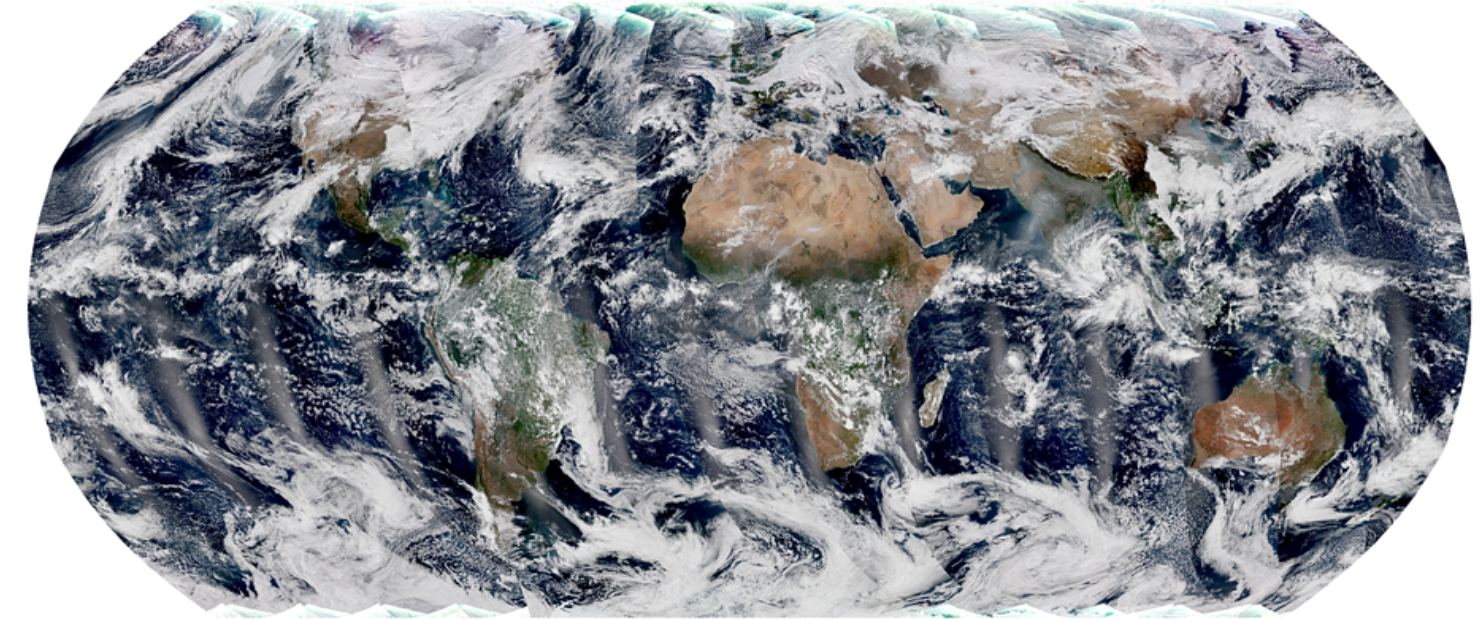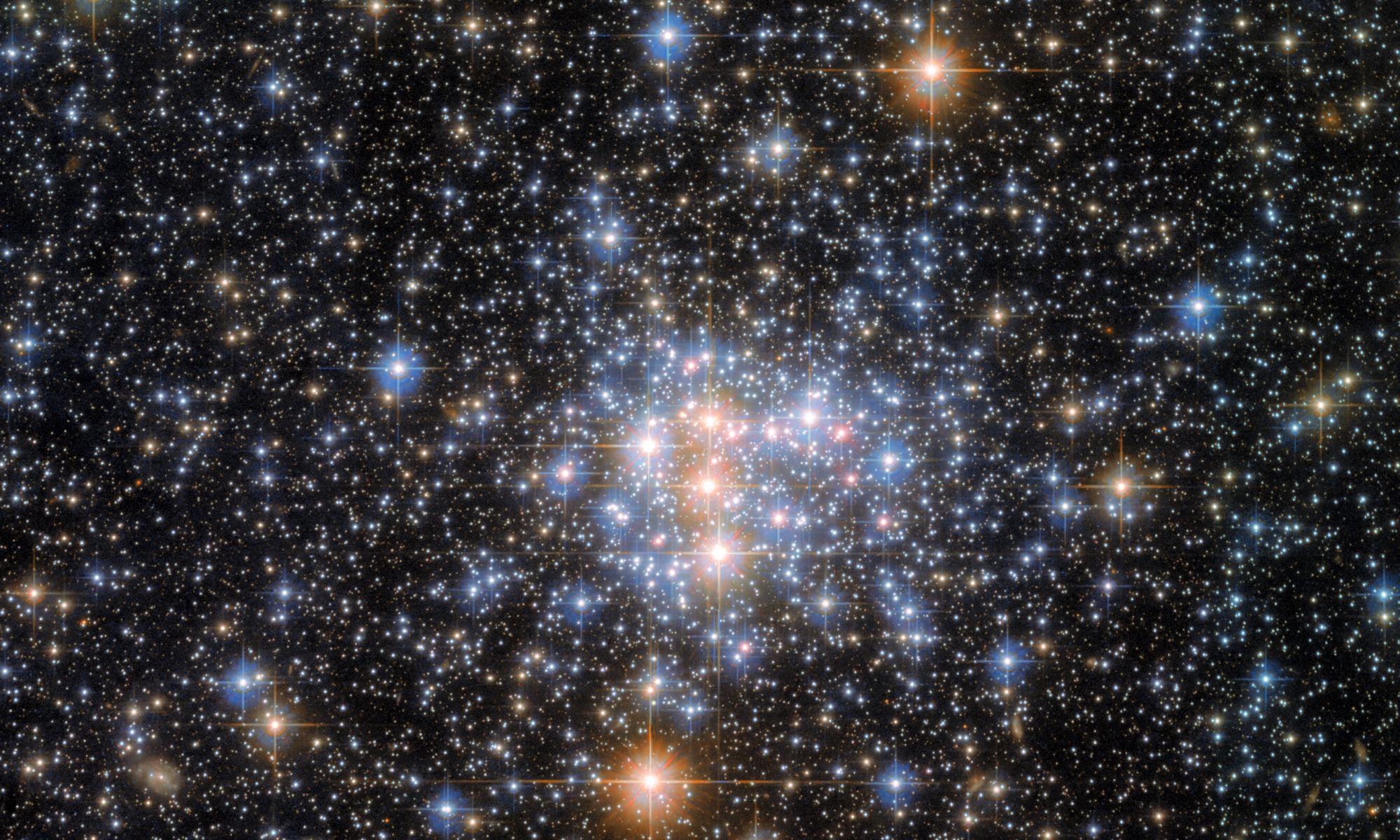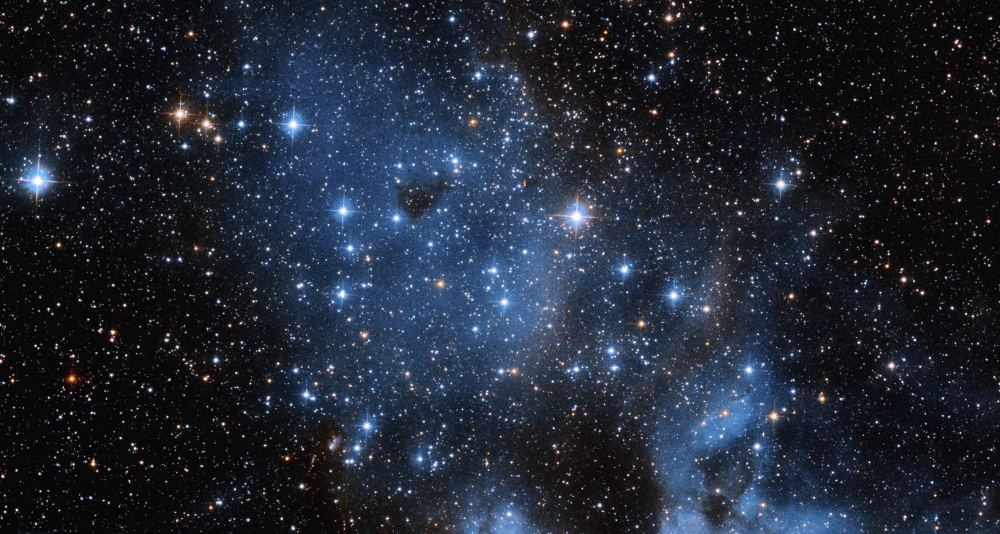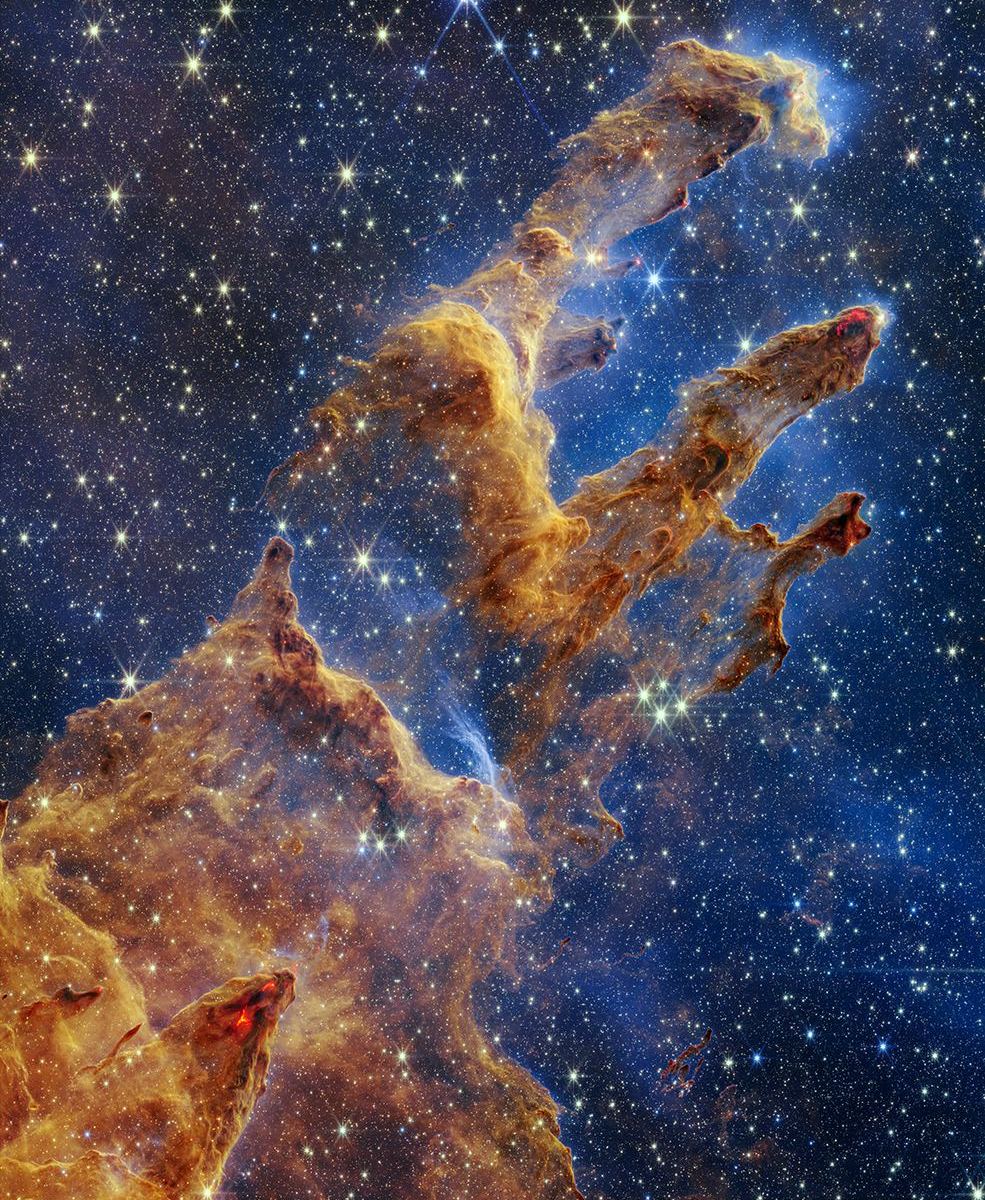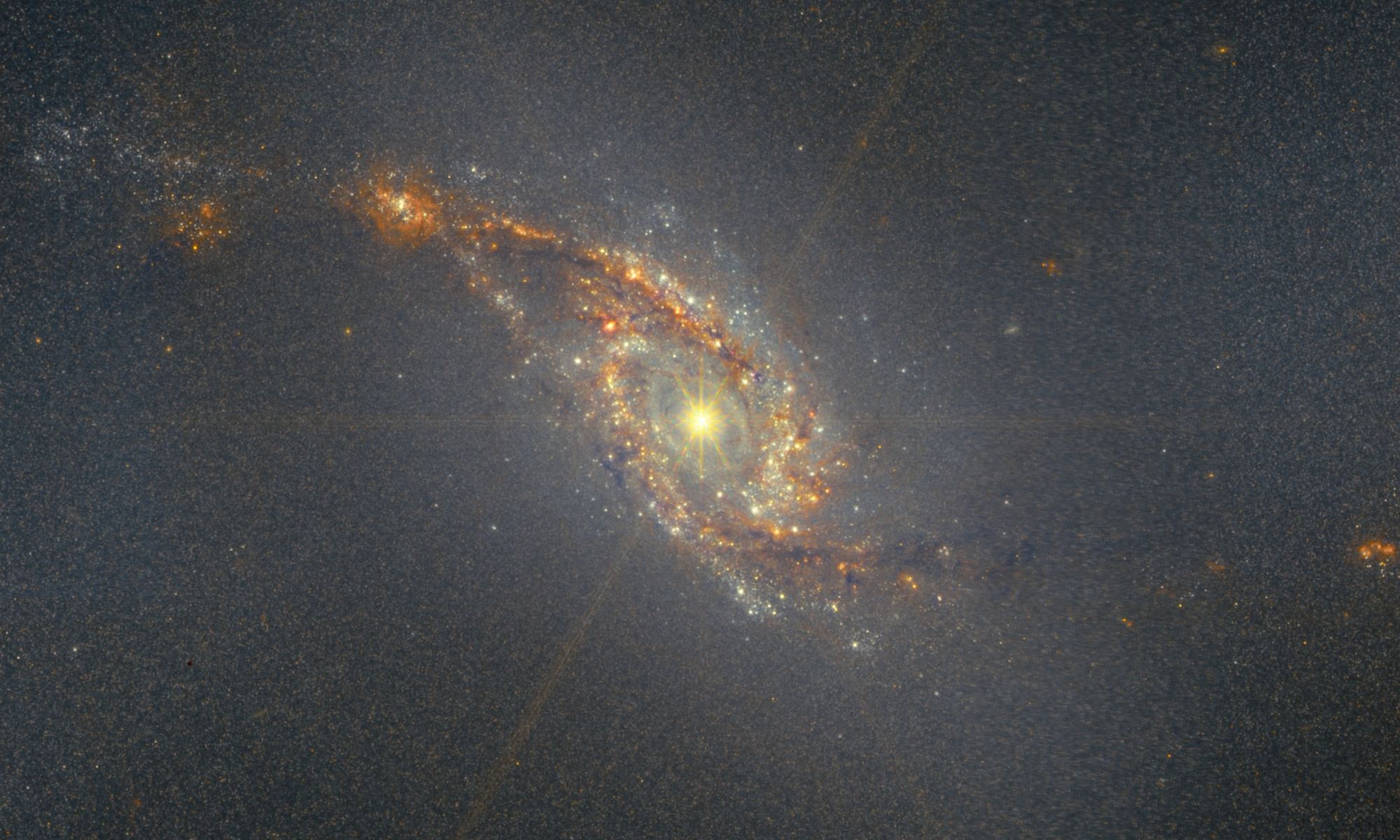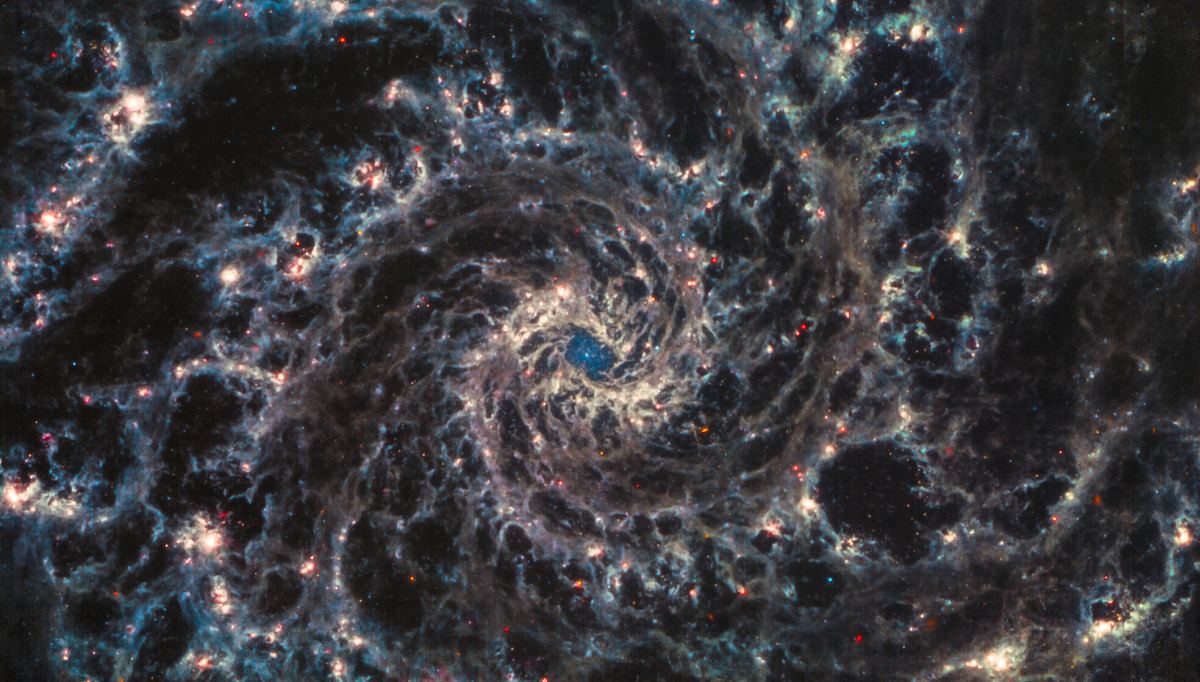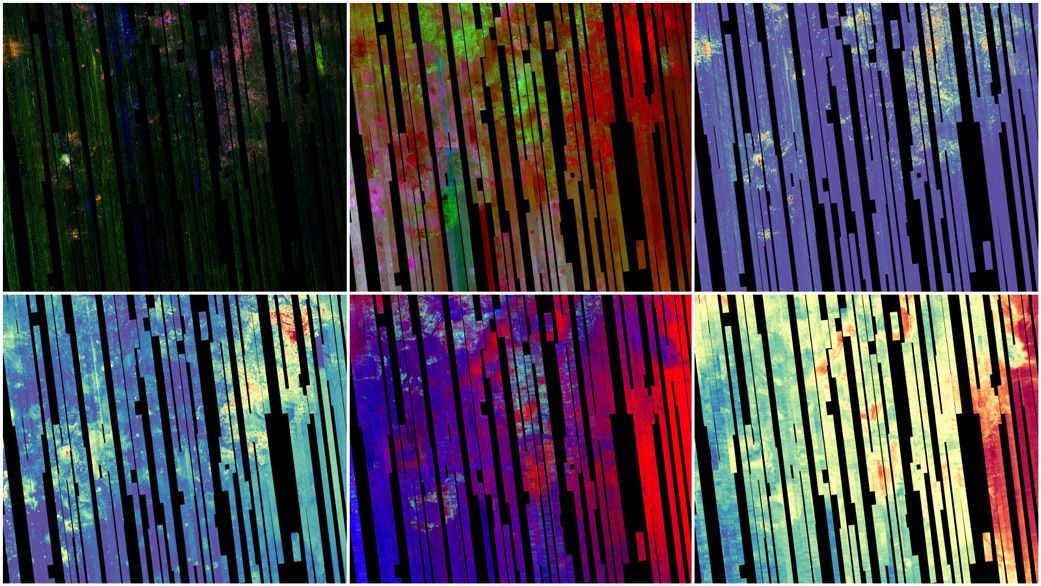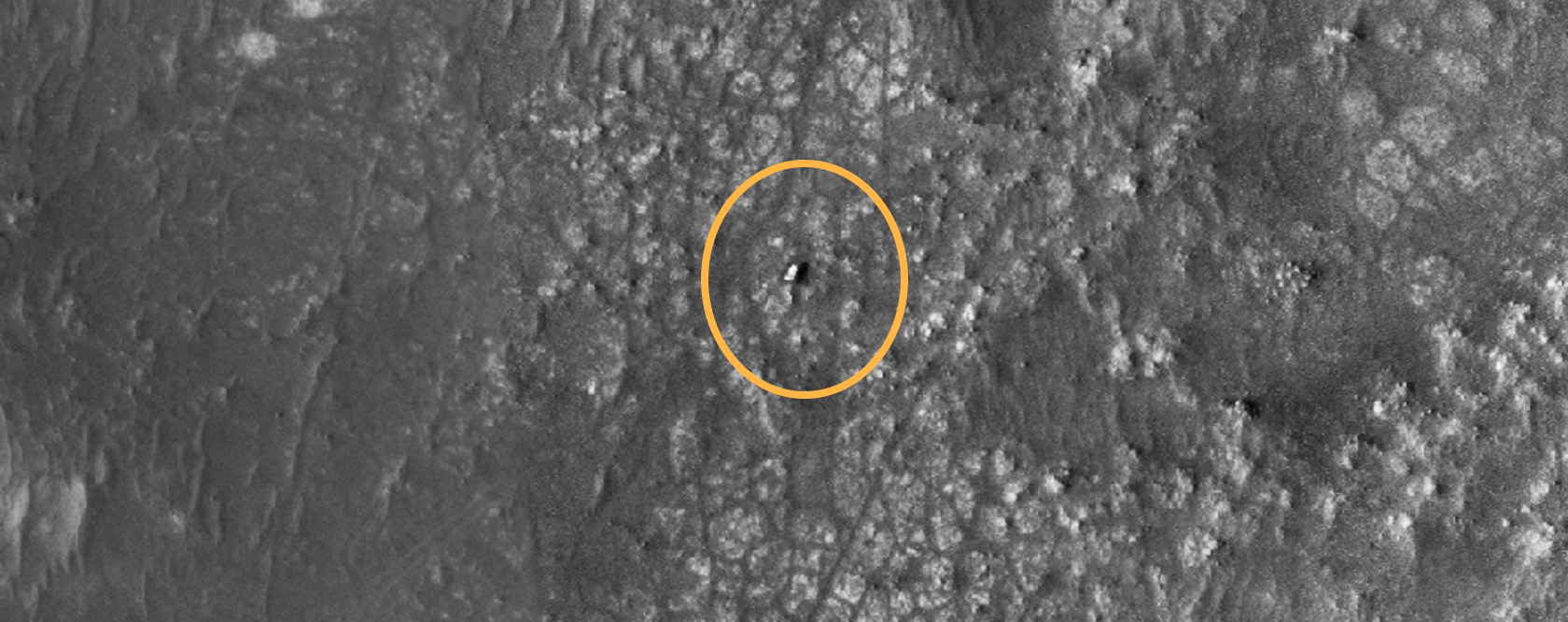You’d have to be in some kind of sense-of-wonder-repressed coma not to appreciate satellite images of Earth. If you are, then images from the NOAA’s newest satellite might pull you out of it.
And they’re only a taste of the fascinating images that it will provide.
Continue reading “NOAA’s New Weather Satellite is Operational, and its Pictures of Earth are Gorgeous”
